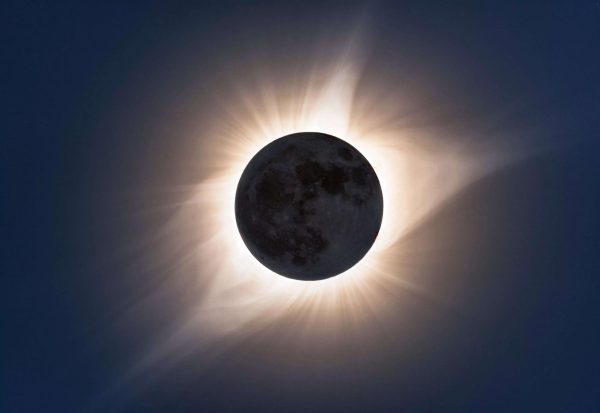Researchers Find Exact Date the Vikings Landed in the Americas
November 22, 2021
Archeologists have pinpointed that the Vikings landed in the North American continent
exactly 1,000 years ago in the year 1021, over four hundred years before Columbus was even born. In a new study published in Nature, researchers used radiocarbon dating along with knowledge of solar storms to determine when the Vikings first settled in Newfoundland. This study provides the first scientifically proven date for the European discovery of the American continent.
In order to find the date, the team of researchers traveled to L’Anse aux Meadows in the northern tip of the island of Newfoundland Canada. L’Anse aux Meadows is the only confirmed Viking settlement in the American continent and has been thoroughly excavated and studied. However, Michael Dee, the author of the new study and a geoscientist at the University of Groningen, thought that the archeological site could still tell us a lot about how the Vikings got there. Dee and his team examined three wood artifacts from the site that had been collected in the 1970s. These artifacts all bore clear markings of metal tools, which the local people did not have meaning that it must have been the Vikings who had made the cut.
At this point, the researchers began looking for something unusual to aid them in finding the date of the site, evidence of solar storms. Scientists have extensive records of solar activity throughout the centuries including one such storm known as the Miyake event which happened, between the years 992 and 993 C.E. Solar storms like the Miyake event cause a large amount of radioactive carbon to be spread across the earth due to the cosmic rays they release. “The distinct uplift in radiocarbon production that occurred between 992 and 993 A.D. has been detected in tree-ring archives from all over the world,” explained Dee. If the team could find evidence of such carbon, they would be able to find when the Vikings had cut the wood. The team began to piece together the pieces of wood and soon found the uptick in carbon that they were looking for. All the artifacts showed signs of a solar storm 29 growth rings in from the bark.
“Finding the signal from the solar storm 29 growth rings in from the bark allowed us to conclude that the cutting activity took place in the year 1021 AD,” said Margot Kuitems, a member of Dee’s team and an archaeologist at the University of Groningen. With this new information, the researchers were able to conclude that the Vikings landed shortly after the solar storm and probably lived there for around 13 years before returning to Greenland. During this time L’Anse aux Meadows was used as a base camp for exploration further into the continent including more southern regions. “We are kind of hoping that our radiocarbon dating community picks up on this and apply it to other contexts’ ‘ including historical, archaeological, and other sciences, Dee said.
Before this study, many of the estimates for when the Vikings landed were based on Norse sagas, which along with telling mythological stories, recounted the Viking journey to the Americas and their interactions with the native peoples who lived there. These sagas are far from historical documents; they are stories similar to works like the Iliad but with more reliable accounts of certain events. However, the new date for Viking exploration actually lines up very well with the timeline of some of these sagas giving them more credibility as historical sources which is very useful as they contain a lot of possible information about the journey of the Vikings that may have built this colony.
This new study opens up a lot of new information that will change what historians and archaeologists know concerning the level of exploration that these kinds of civilizations were capable of along with partially legitimizing imperfect historical documents. This study has also shown how this new combination of radiocarbon dating and examination of solar storm records determine the age. Hopefully, this new method of radiocarbon dating will be used in finding the age of other archaeological sites and artifacts.





























